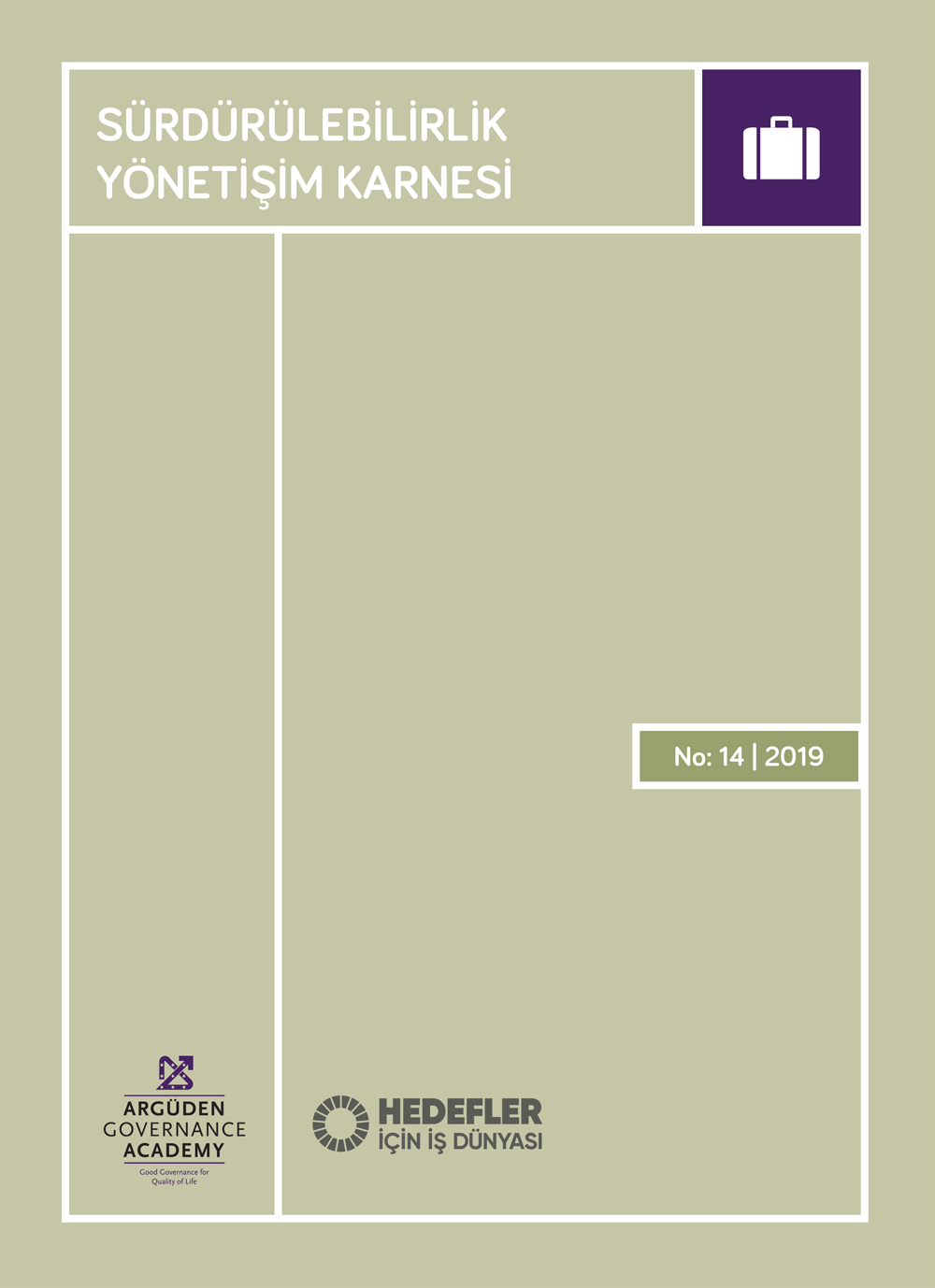Key Recommendations
The SG Scorecard and our results could be utilized by many stakeholders including boards and managements of companies, investors, regulators, civil society organizations, academia, and the representatives of the press for peer learning, identifying good examples, improving accountability and investment decisions.
In our research, we have adopted a governance lens to provide an assessment of whether there is the right climate for providing guidance and oversight, and managing sustainability. Below, the recommendations are provided on how the SG Scorecard can be used by different stakeholder groups to improve sustainability governance in their sphere of influence.
Boards
- Ensure the board has the right skills, composition, and processes to provide guidance on sustainability issues and serve as role model for the rest of the organization;
- Ask the right questions on sustainability (See Appendix 3) to mobilize the resources towards sustainability;
- Increase board oversight on sustainability through ensuring independent audit coverage of ESG issues; supply chain and life-cycle impact;
- Adopt a data-based management approach to sustainability through showing commitment by setting targets for environmental, social, and governancerelated outcomes;
- Motivate and focus management through aligning management incentives with sustainability targets.
Regulators
- Utilize country and sector benchmarks, as well as promote best-practice examples to improve reporting quality;
- Encourage adoption of reporting and conduct standards, including Integrated Reporting and UN Global Compact Principles.
Management
- Increase adoption of good practices for a more sustainable future by leveraging best practices and benchmarking information provided by the Scorecard;
- Compare sustainability governance performance against other Global Sustainability Leaders across the list of criteria (including across sectors and countries) to understand where they are in terms of sustainability governance and reporting practices;
- Proactively integrate external stakeholders – especially communities in different geographies – into the company’s value creation model;
- Link stategy to SDGs to mobilize resources, manage risks, and effectively communicate the company’s contribution to sustainable development;
- Adopt transparency in reporting practices and use Integrated Reporting as a transformative tool for continuously getting better at managing sustainability.
Investors
- Leverage best-practices on reporting material non-financial performance information (incuding processes and measurement tools for ESG across different time horizons) to assess long-term enterprise value and increase transparency, clarity, and consistency of sustainability performance measurement and integration of a data-based approach to decision-making;
- Integrate governance quality of sustainability (as measured through the Scorecard and differentiated into Tiers for companies across Sustainability indexes) to inform investment decisions.
Civil Society Organizations
- Understand the state of the world with respect to where we are in terms of responsible leadership for a more sustainable future; to focus actions on lagging SDGs, especially in areas where multi-stakeholder approaches and long-term planning will be neccesary (eg. SDG 16: Peace, Justice and Strong Institutions);
- Enable collective action on SDGs by utilizing best examples on how to link SDG goals to strategy, how to set targets and how to mobilize relevant stakeholders for action.

